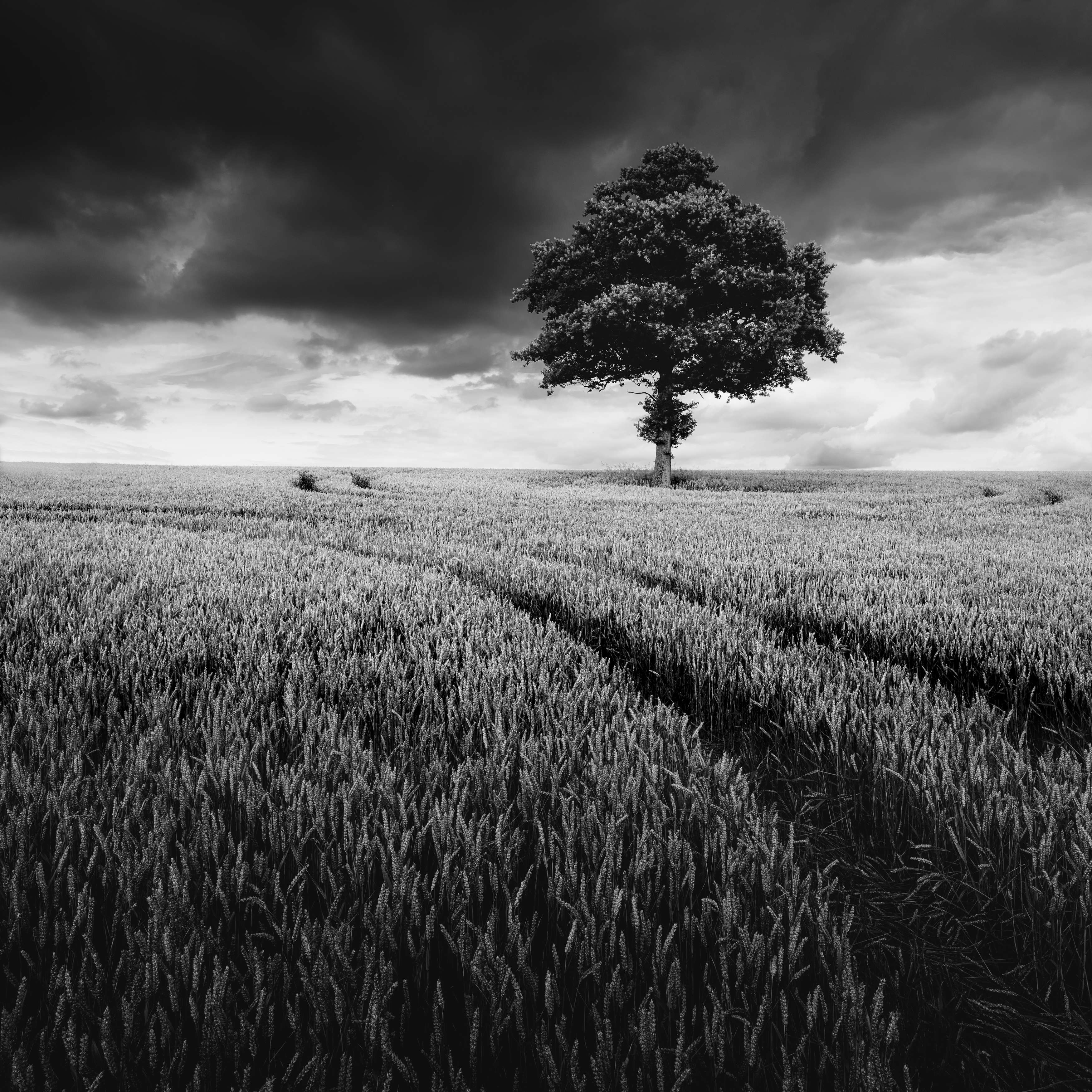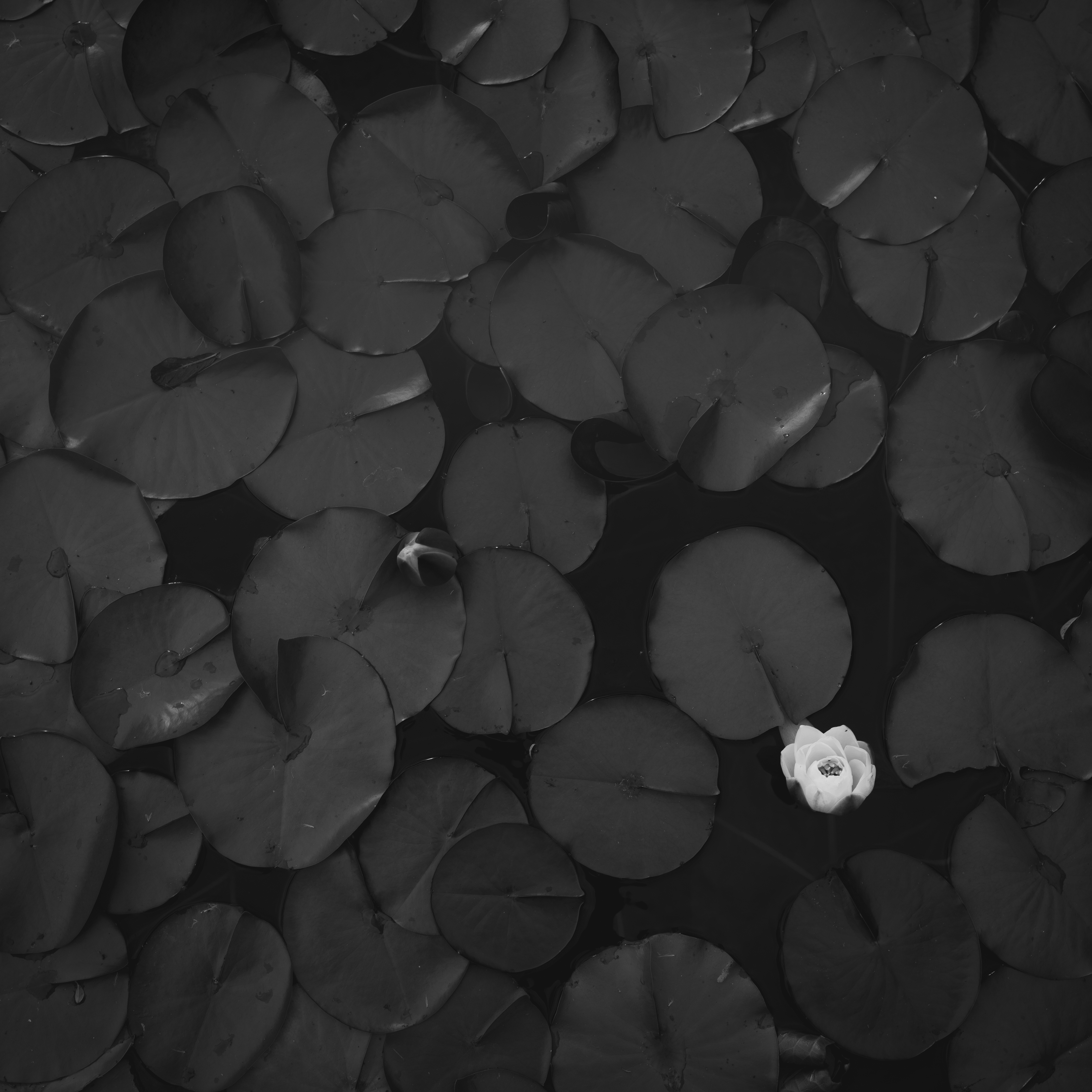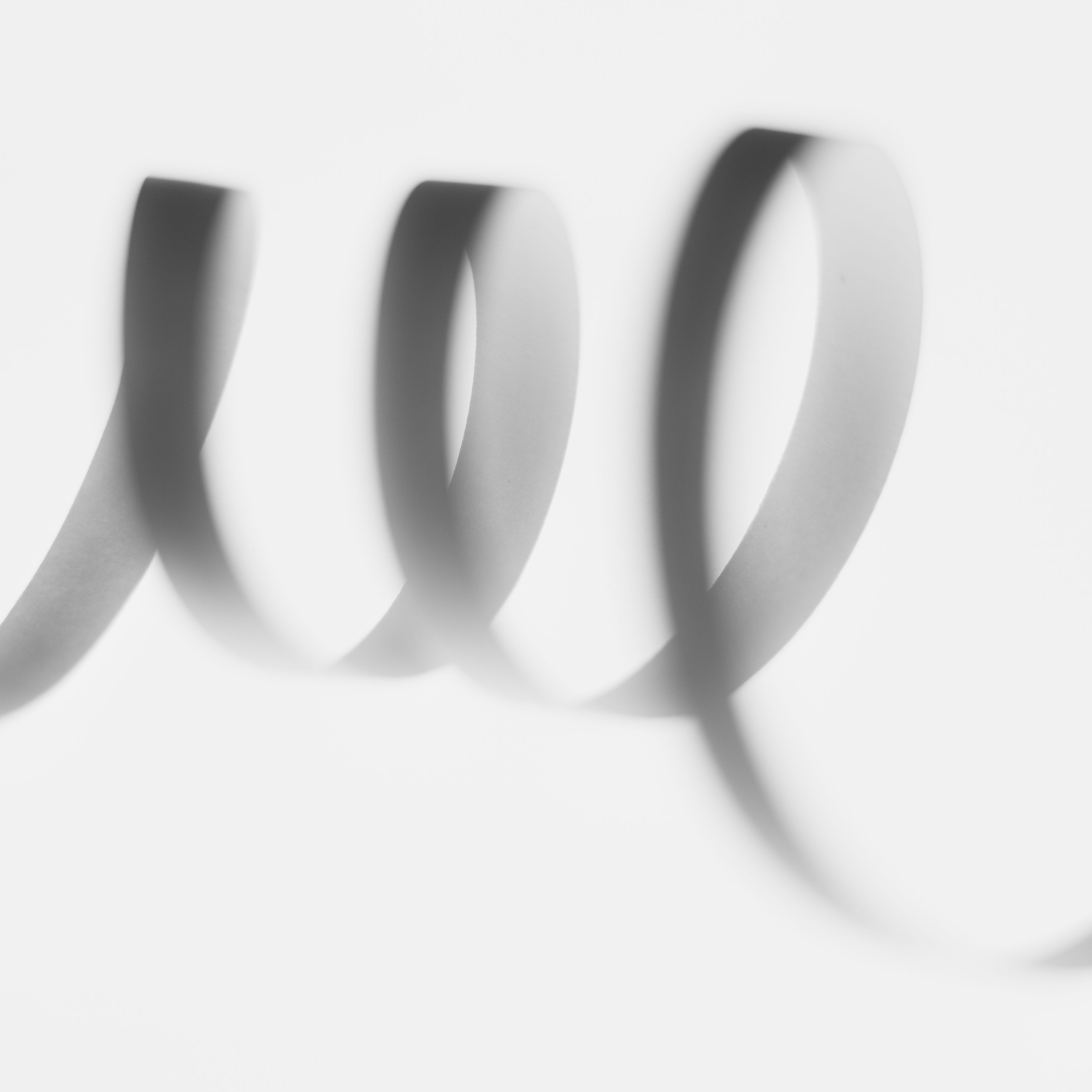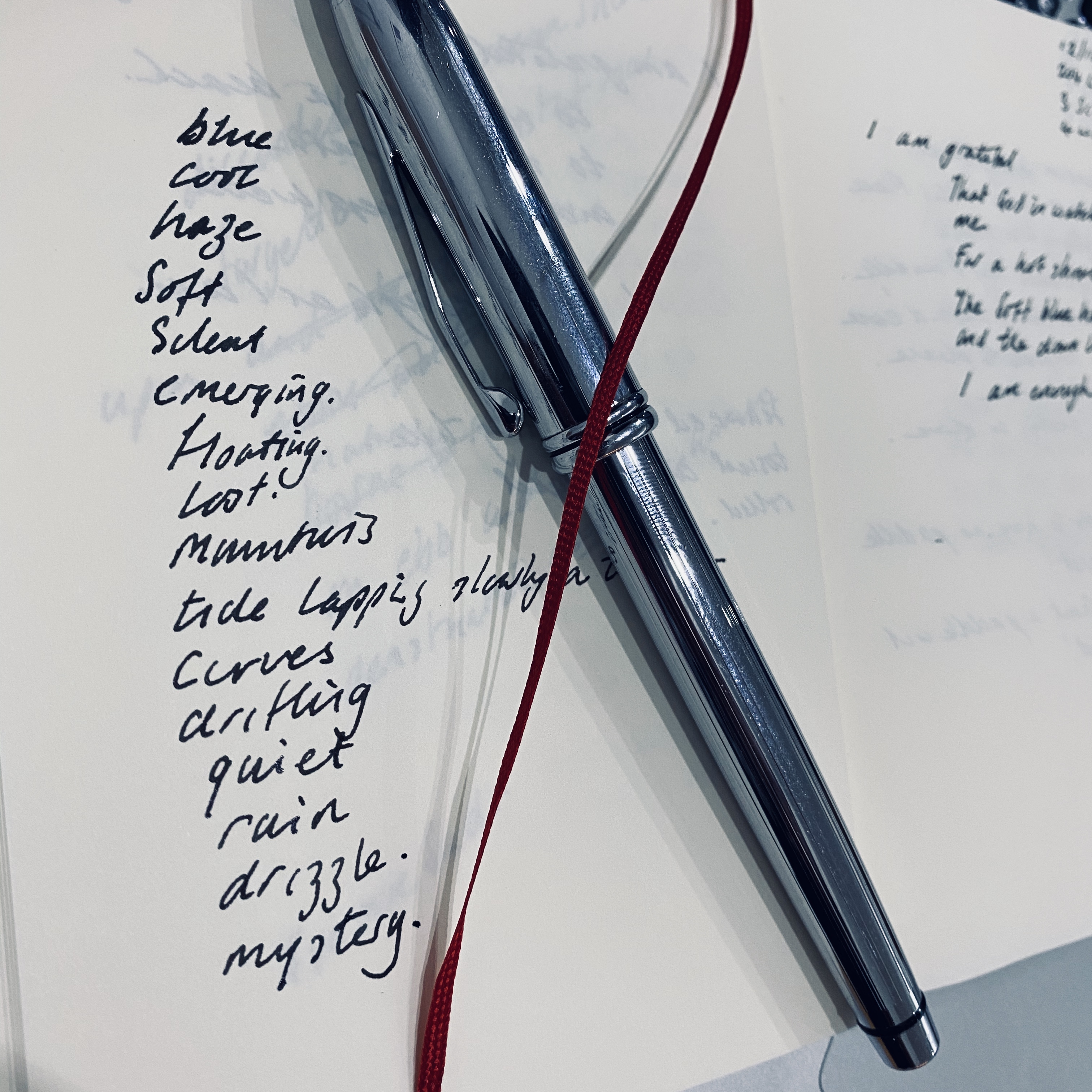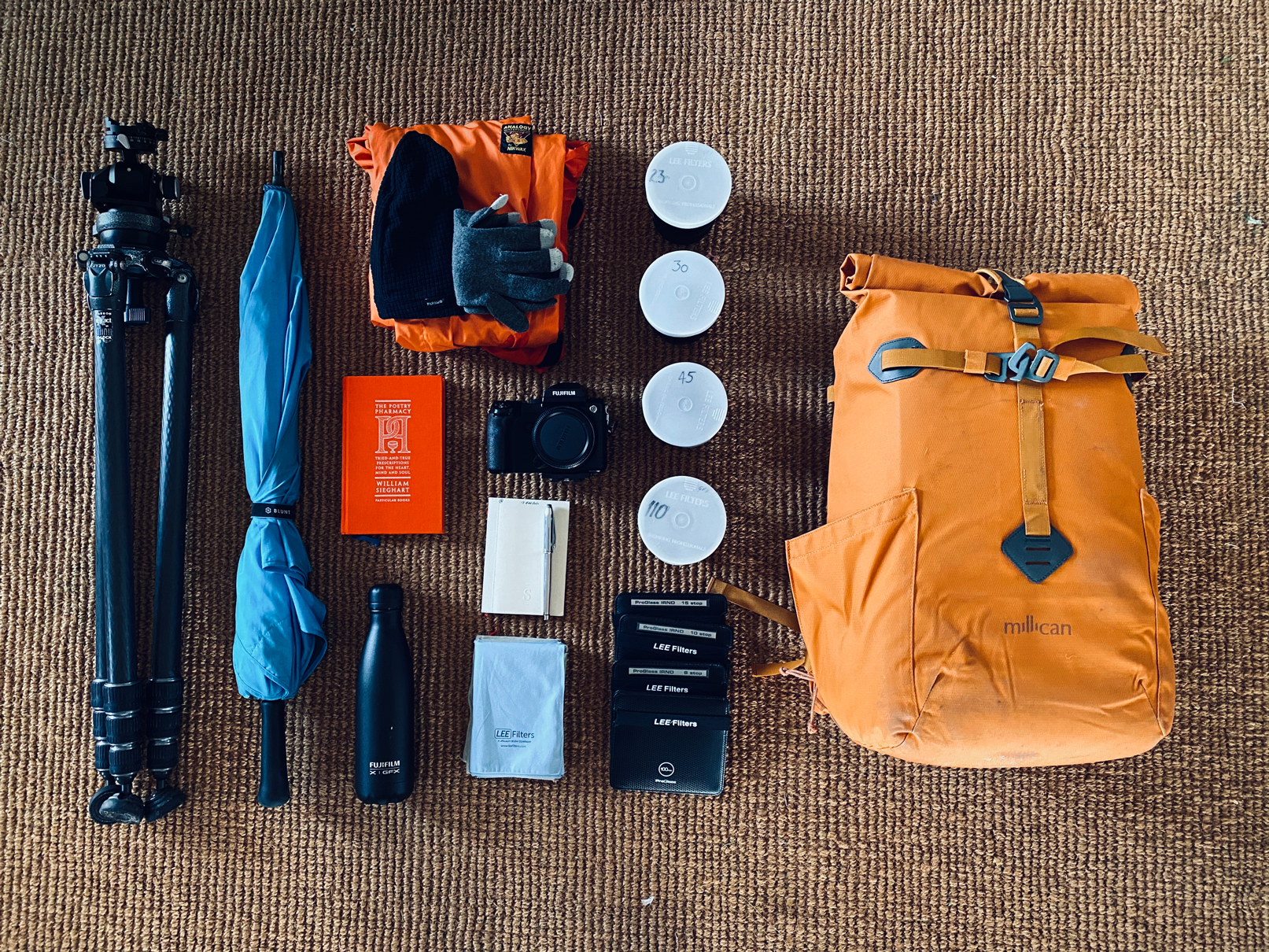Mental Health Awareness week #1: Mindfulness and photography
Pro photographer Paul Sanders shares his still and calm approach to taking and making pictures using mindfulness
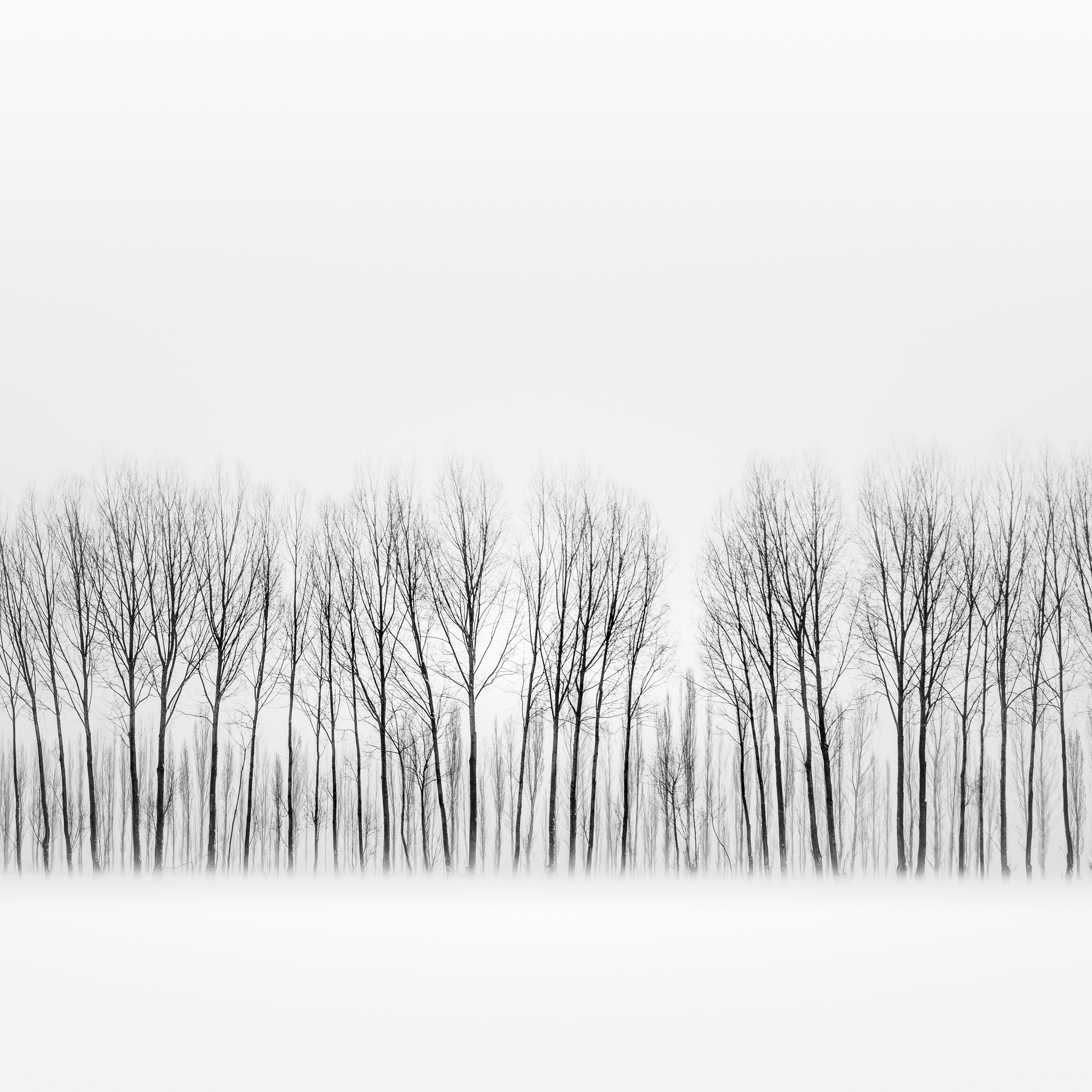
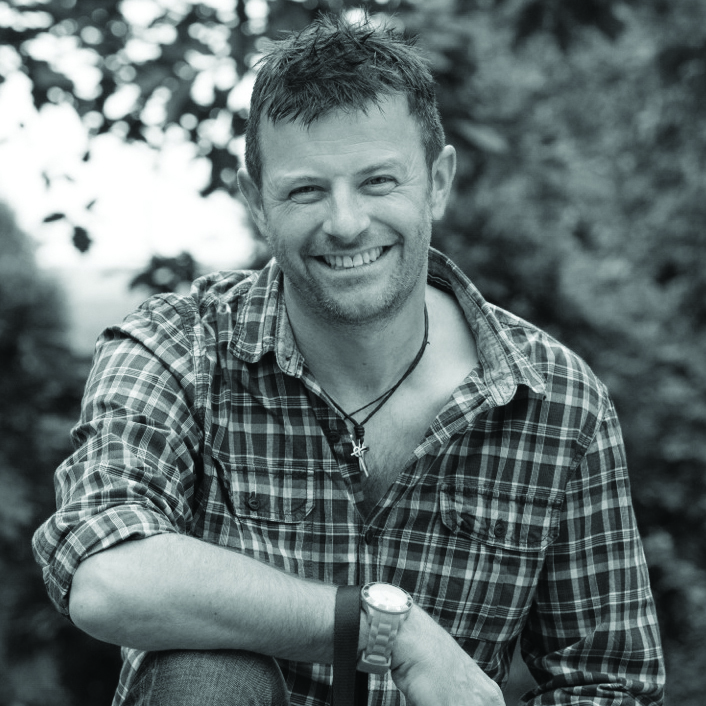
Paul has been a pro photographer since 1984, and by 2004 he was Picture Editor at The Times. In 2011 he became a full-time landscape photographer, and is passionate about the power photography has to help people overcome anxiety, and to positively adjust their outlook on life.
www.discoverstill.com
We all lead busy, fast-paced lives attached to our phones, and the seemingly endless deluge of emails, texts, images and adverts that bombard our lives, added to the demands of work and family, can leave us feeling that there is no time left in the day for us, let alone having the chance to notice the small moments of beauty that occur each day.
Mindful photography is an acknowledgment of the unique beauty in everyday, ordinary subjects, not being judgemental or being too tied to preconceived ideas.
The very essence is to ‘see’ the world through your own eyes, noticing what makes you pause to take in the moment.
This involves slowing down, making time for yourself: tuning out the random noise from the rest of the world and tuning in to what the world has to reveal.
I started my mindful photography practice about four years ago. It is a meditation on beauty. It is opening your eyes to possibilities and accepting the things you are presented with. It’s not about likes, gear, settings or prizes, but about being, and enjoying what you see without judgment or agenda.
What has mindfulness got to do with photography?
Mindfulness is defined by Jon Kabat-Zinn (who helped to introduce mindful practices to Europe and North America) as “paying attention, in a particular way, on purpose, in the present moment and without judgement.”
This definition also applies to photography. Apart from the judgement side, it’s easy to blame things for not being right; light, location, gear, weather – the list is endless.
The best camera deals, reviews, product advice, and unmissable photography news, direct to your inbox!
With mindful photography, the approach is slightly different. It involves arriving at a location, spending time adjusting, using all your senses to feel the subject, becoming aware of the subtleties that are being shown to you.
The more time you spend without using a camera the more you’ll start to really see. Seeing is different to looking, which is how many people approach photography. They look for a subject, judging things as not good enough or poor.
Seeing is about accepting and embracing the unique beauty of something, and appreciating that the imperfections are what make the moment special and authentic.
Acceptance and non-judgement are the key ingredients, but not striving also plays a huge part: the harder you try the less you see, the more closed off you become, and a general feeling of disappointment can close in.
Keep an open mind, walk slowly, touch the leaves, feel the sun or wind on your face, smell the rain or vegetation, taste the salt from the sea on the breeze – photography is visceral not technical.
When something catches your eye, pause and start to look at it, enjoy just being with it. Ask yourself what stopped you, what caught your eye – is it a small detail or a part of something larger?
Take your time, don’t rush off judging yourself as crazy or the subject as rubbish – as Minor White said, “Be still with yourself until the object of attention reveals its presence to you.”
3 mindful photo techniques to get started
Like any new technique, you need to practice and accept that you are learning. Begin with these simple exercises, one a day for a few minutes. You don’t even need to leave home to do them.
1. The thing
Find an object at home that you take for granted and is almost invisible to you. Spend time with it, noting the way it is made, what it feels like, the shape, texture and colour. Finally, produce a series of images of it.
2. A picture with words
When something catches your eye, write down the things you notice in a notebook, using pen or pencil. Writing by hand is a mindful practice in itself – the connection of hand to pen to paper demands attention. Couple that with noticing, and you have a full awareness exercise.
3. Seeing red
Choose a colour. Using your camera phone or a camera with just one lens, photograph only that colour, or how that colour is represented around you. You will start noticing that colour for days. Look at the shades or tones as well as shape of the colour. See if you can find 100 examples.
What’s in my kitbag? The essential items
- Umbrella
Probably the most important piece of kit, it shelters you and the camera from the sun, rain or wind, enabling you to sit in its protection. - Poetry book
(At present The Poetry Pharmacy by William Sieghart). You may find, as I do, that reading poetry about the area you’re photographing heightens your awareness and the experience. - Notebook and pen
I constantly journal about my day, what I see and how I feel. It helps me hone into images, so consider taking a notebook with you along on shoots too. - Warm jacket and hat
When you are being patient and staying still for any length of time the cold will nag at your body until you give in and go home. Be prepared and always keep warm. (see best waterproof jackets for photographers).
Read more:
Mental Health Awareness Week in the UK
Learn the craft of slow-shutter-speed photography
Can photography improve your mental health

Lauren is a writer, reviewer, and photographer with ten years of experience in the camera industry. She's the former Managing Editor of Digital Camera World, and previously served as Editor of Digital Photographer magazine, Technique editor for PhotoPlus: The Canon Magazine, and Deputy Editor of our sister publication, Digital Camera Magazine. An experienced journalist and freelance photographer, Lauren also has bylines at Tech Radar, Space.com, Canon Europe, PCGamesN, T3, Stuff, and British Airways' in-flight magazine. When she's not testing gear for DCW, she's probably in the kitchen testing yet another new curry recipe or walking in the Cotswolds with her Flat-coated Retriever.
